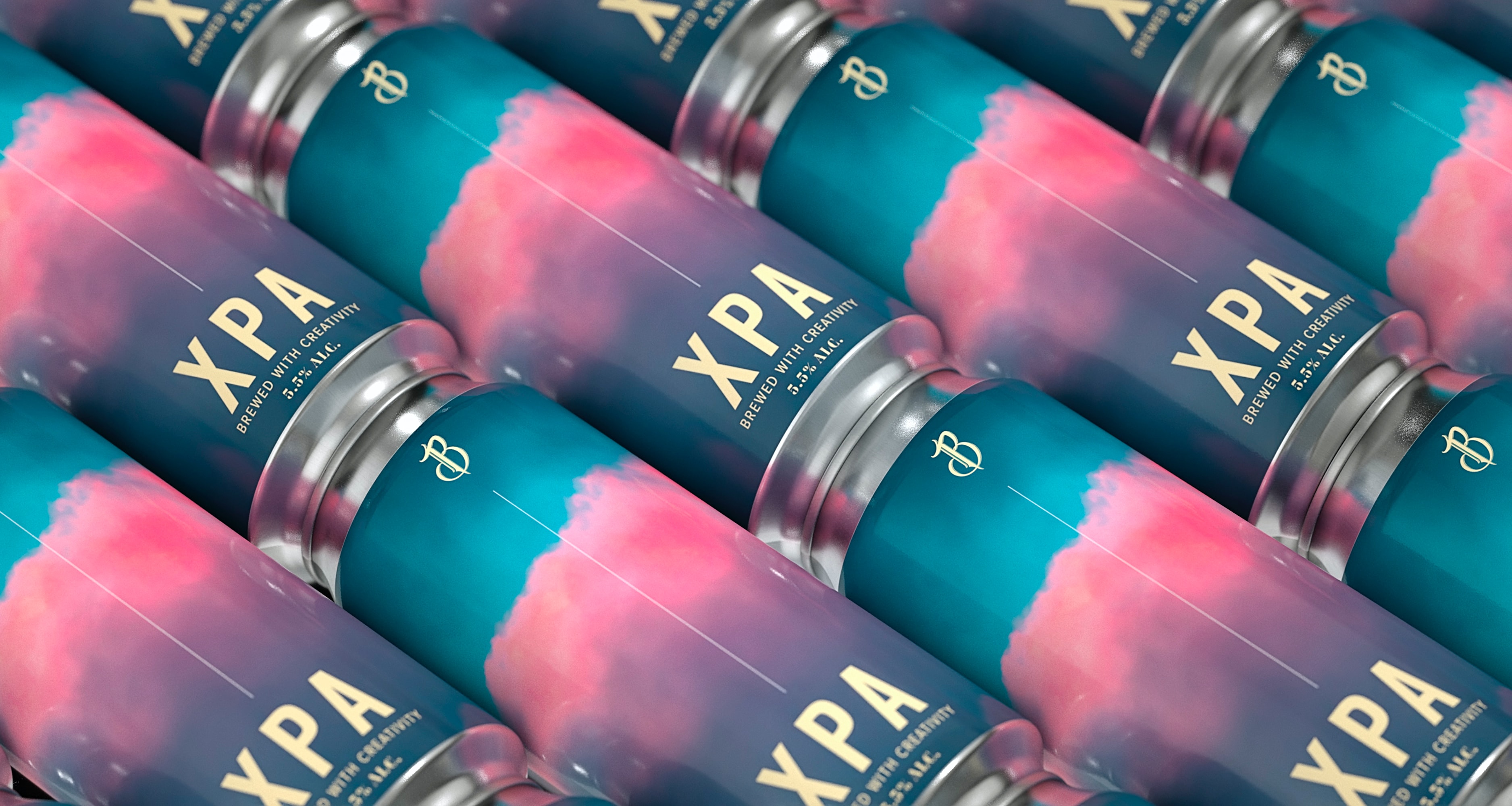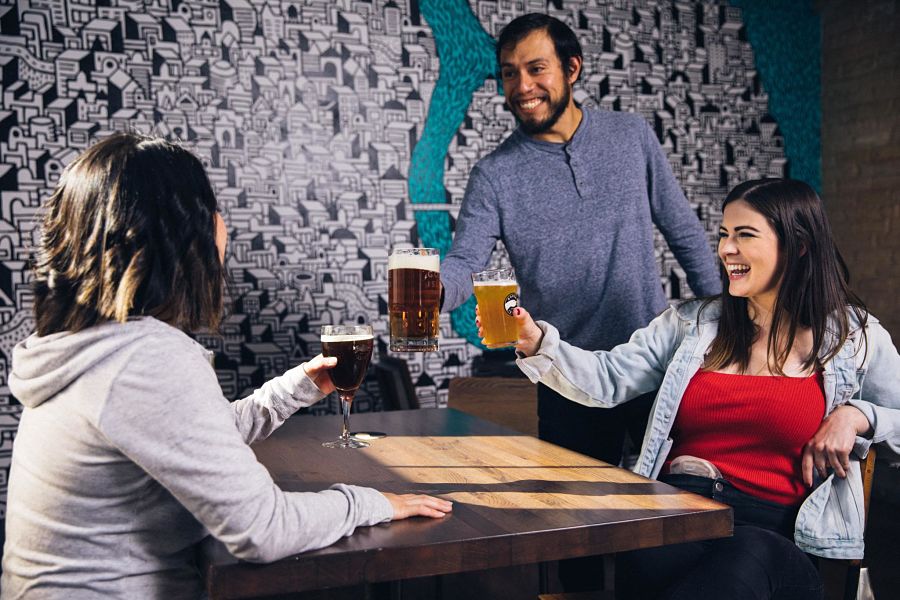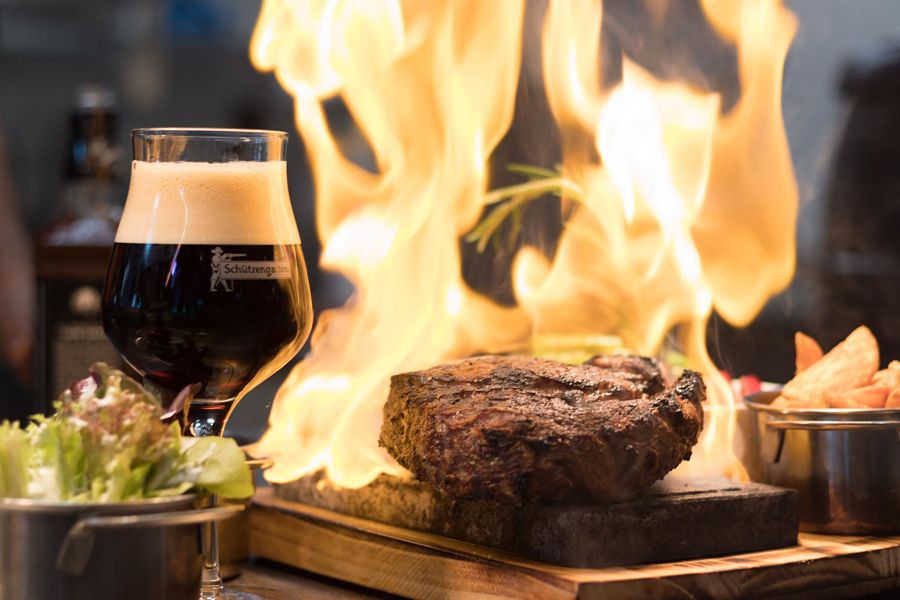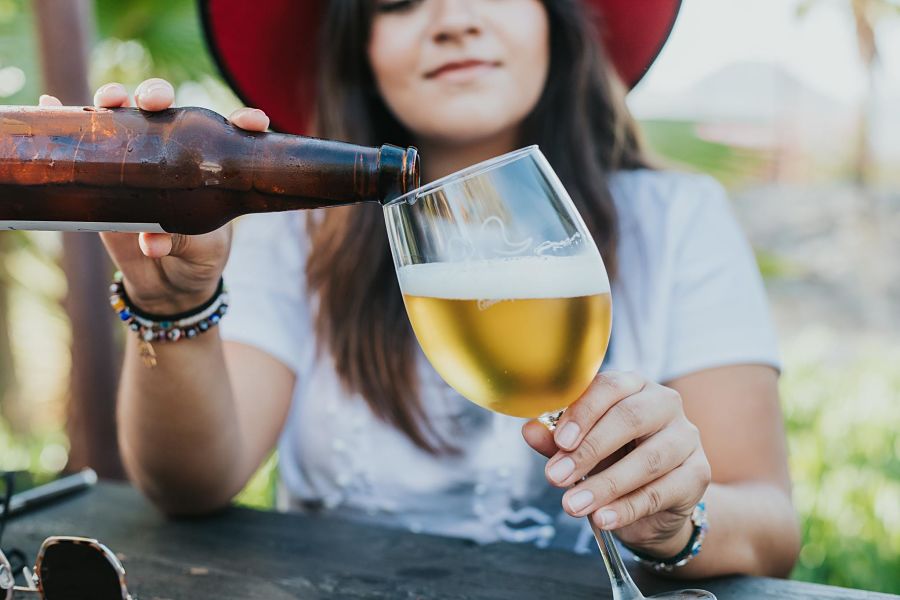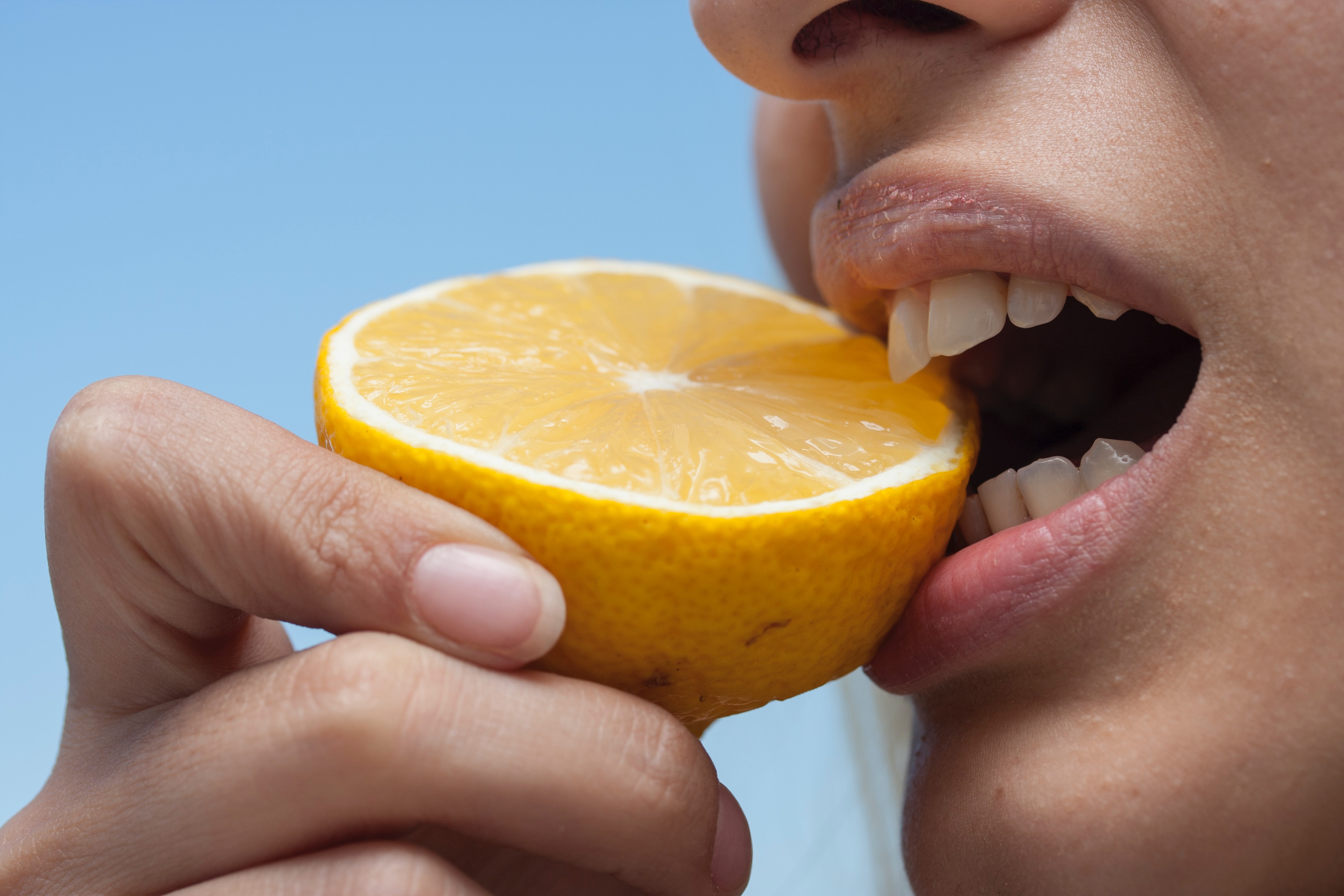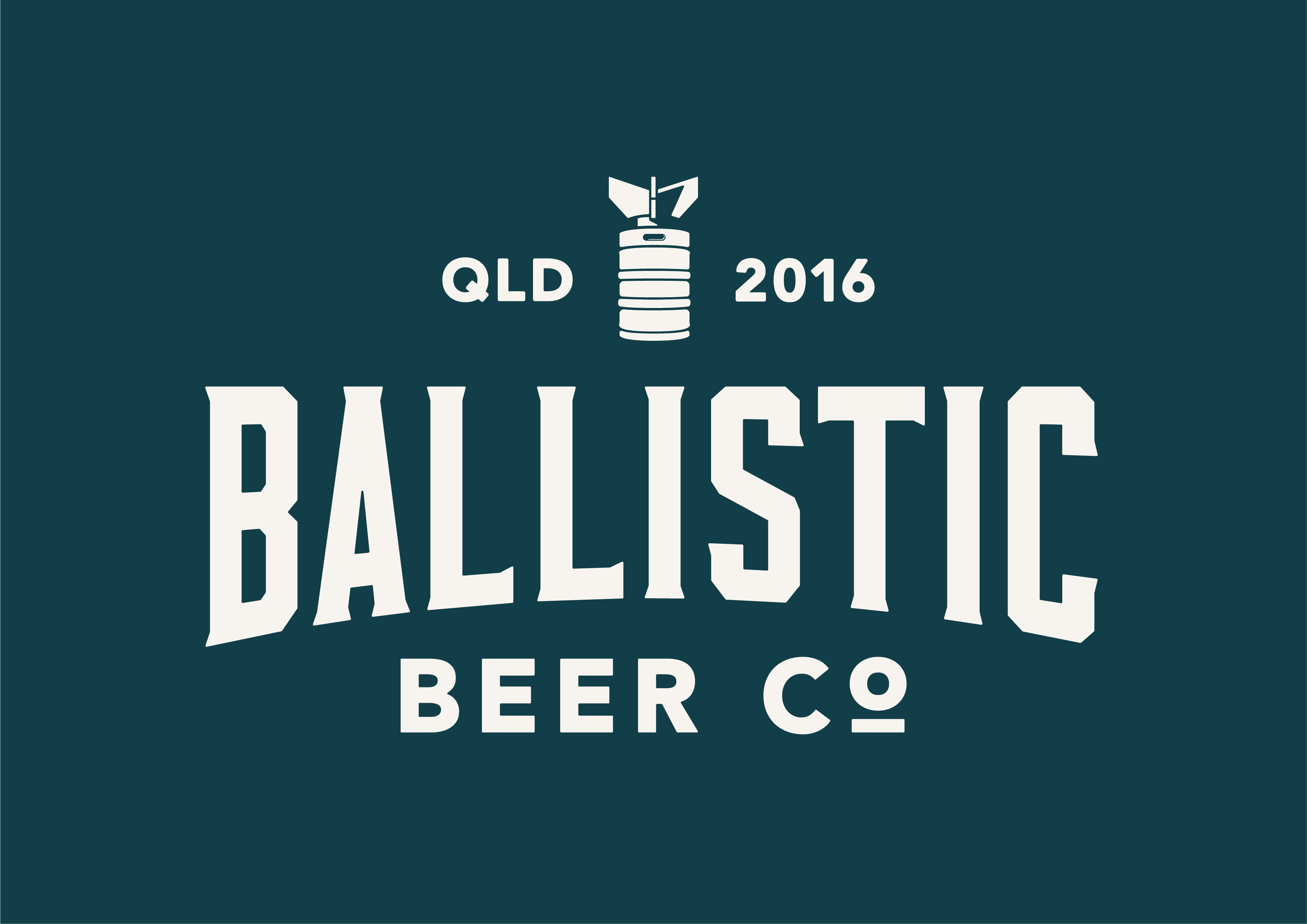What Is An XPA?
03 Aug 2021
They’re hoppy, they’re zippy, and they tend to make you happy. They suit a day on the beach or a night at the pub, and they’re favourites of beer newbies and craft beer nerds alike.
XPAs are extra pale ales, but there’s a big question always floating around…
Extra what?
And the answer to that isn’t as straightforward as you might like…
What makes it an XPA?
Is it extra pale? Does it have extra hops? Extra alcohol? Extra marketing cred?
It can be any or all of these things. Because here’s the secret: there’s no real standard for what defines an XPA. The style is just over a decade old (compared to hundreds of years for some other styles), and there’s no real consensus on what it is.
The BJCP Style Guidelines, an internationally renowned resource that describes over 100 sub styles of beer, doesn’t have an entry for XPA. That’s not a problem - brewers make beers that don’t fit the ‘standards’ all the time. But it does mean different brewers decide for themselves what an XPA should be.
The majority of brewers will fall into one of two camps.
“It’s extra pale.” They’re talking about the malts they use to make the beer. These brewers are comparing XPAs to the American pale ales that include crystal malt, which gives beer a darker gold colour and can give a toffee or caramel flavour, and even a chewiness to a beer. In contrast, XPAs use paler malts. The result is a lighter colour, lighter body, and lighter flavour from the malt. This leaves more room for the hop flavours to come to the front.
“A pale ale with a little something extra.” Maybe extra alcohol. Maybe extra hops - or just reworking the recipe to help the hops sing. Maybe extra flavour - there are a lot of ways to do this, and it’s a good way to win friends.
Some people describe them as ‘more than a pale ale, less than an IPA’… but since XPAs tend to range from 4% up to 6% ABV, you might find that this doesn’t fit for a number of XPAs.
Of course, there are people who’ll tell you it’s just all just marketing hocus pocus. But we won’t blame brewers who look for new and interesting ways to talk about beer - after all, we love doing that too!
What should I expect?
Since the XPA style is so free and easy, it makes sense for us to be a little loose here. But don’t think that means there aren’t any patterns among XPAs.
It’s still a kind of pale ale, so don’t expect a whole different species of beer.
You can expect an XPA to be lighter than most IPAs - lower in bitterness, lower in hoppiness, and usually lower in alcohol.
You can expect fruity hops - think citrus zing and tropical notes, rather than resinous or dank or spicy.
And they’re usually super approachable and easy to drink - it’s hard to stop after just one!
What are some XPAs I could try?
Even more than with other styles, perhaps the best approach with XPAs is ‘taste and see’.
Wolf of the Willows was one of the early adapters in Australia, so their XPA is a great introduction to the style.
Bondi’s Beach Beer is an XPA with a drier finish for extra refreshment as you sip by the ocean,
while Doug’s Courage from Hemingway’s offers a more intense experience, ignoring most of the descriptions outlined above… but hey, the XPA style is all about bending rules!
If you’re keen to explore a little further, Lost Palms boasts that their XPA has aromas of pine and gardenia alongside a flurry of fruits, and Ballistic play around by using oak chips to make their XPA soft and smooth and give a touch of vanilla.

